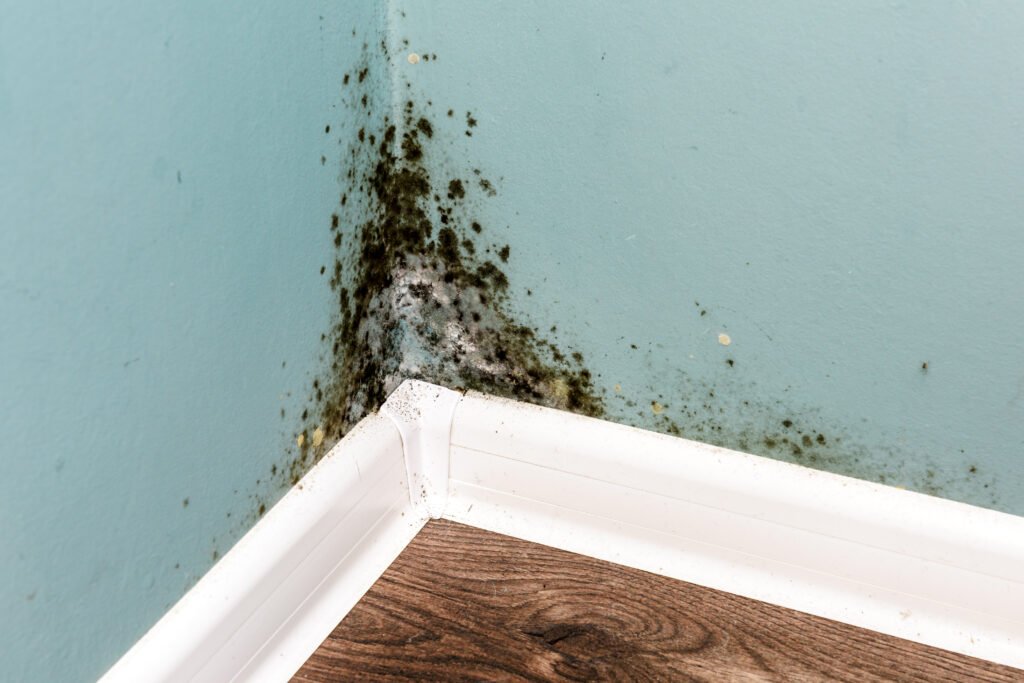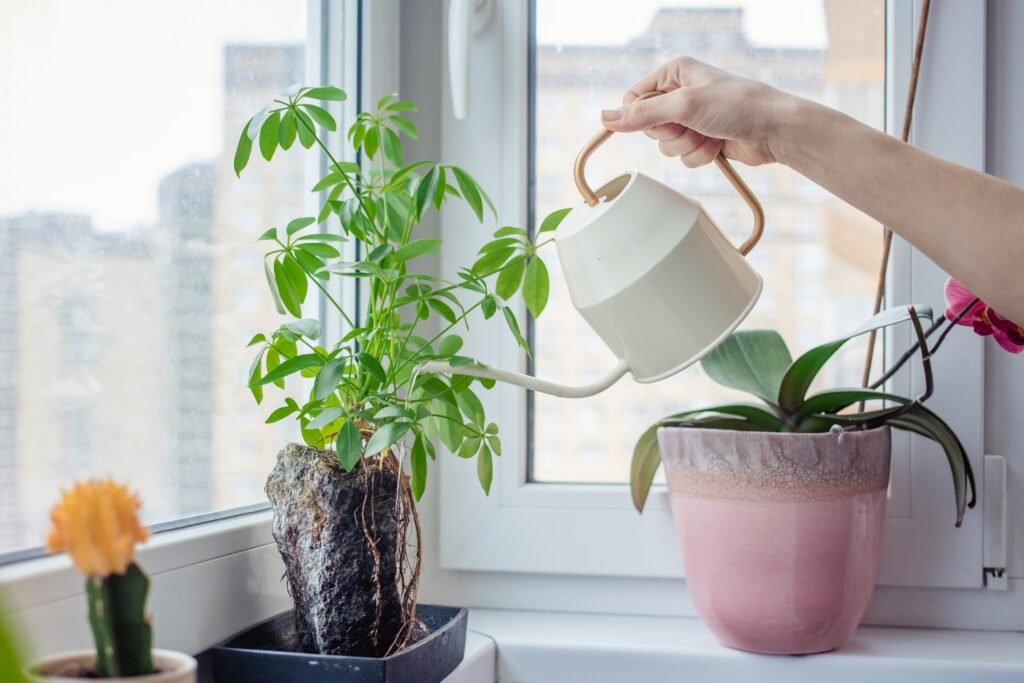

Excess humidity in your home can lead to discomfort, musty odors, and potential damage to your property. Fortunately, there are natural and effective ways to reduce humidity levels without relying solely on energy-consuming dehumidifiers. In this comprehensive guide, we’ll explore simple yet powerful methods to naturally reduce humidity in your home. From implementing proper ventilation techniques to utilizing natural moisture-absorbing materials, these solutions will help you create a more comfortable and healthier living space. Let’s dive in and discover how to combat humidity the natural way!
Increase Ventilation:
One of the simplest ways to reduce humidity naturally is to improve ventilation in your home. Opening windows and doors when the outdoor humidity is lower can facilitate the exchange of moist indoor air with drier outdoor air. Additionally, using exhaust fans in kitchens, bathrooms, and laundry rooms can effectively expel humid air from these moisture-prone areas. To enhance airflow, consider using fans or installing vents in enclosed spaces such as closets and attics. By allowing fresh air to circulate throughout your home, you’ll promote the evaporation of excess moisture, leading to lower humidity levels.
Utilize Natural Moisture Absorbers:
Certain natural materials have excellent moisture-absorbing properties, making them valuable allies in reducing humidity. Two popular options are bamboo charcoal and silica gel. Bamboo charcoal, available in pouches or bags, absorbs excess moisture from the air and helps eliminate musty odors. Silica gel, often found in small packets, is highly effective in absorbing moisture and preventing mold and mildew growth. Place these natural moisture absorbers in areas prone to high humidity, such as closets, basements, or bathrooms. Remember to replace or recharge them according to the manufacturer’s instructions to maintain their effectiveness.


Properly Manage Indoor Plants:
Indoor plants contribute to a healthy and vibrant living space, but they also release moisture through a process called transpiration. To manage humidity levels, group your plants together in areas of your home where you want to reduce moisture. This way, the combined effect of transpiration will be localized, making it easier to control. Additionally, avoid overwatering your plants, as excess water can contribute to higher humidity levels. Monitoring and adjusting your watering routine based on the specific needs of each plant will help maintain a balanced humidity level in your home.
Fix Leaks and Seal Cracks:
Unwanted moisture can seep into your home through leaks and cracks, contributing to elevated humidity levels. Regularly inspect your home for any signs of leaks, such as water stains or dampness, and promptly repair them. Pay special attention to areas prone to water exposure, such as roofs, windows, and pipes. Additionally, seal any cracks or gaps in windows, doors, and foundations to prevent moisture infiltration. By eliminating potential entry points for water, you’ll minimize the risk of excessive humidity and maintain a drier indoor environment.
Reduce Activities that Generate Moisture:
Certain daily activities can introduce significant moisture into the air. To reduce humidity naturally, be mindful of activities that produce excess moisture, such as cooking, showering, or using the dryer. When cooking, cover pots and pans to minimize steam release, and utilize the exhaust fan to draw moisture out of the kitchen. In the bathroom, use the exhaust fan while showering and leave it running for a while after to remove excess humidity. Consider air-drying clothes or using a vented dryer to prevent excess moisture buildup from laundry. By adjusting your habits and minimizing moisture-generating activities, you’ll contribute to a more balanced humidity level in your home.
Reducing humidity naturally in your home is not only eco-friendly but also cost-effective. By implementing the simple solutions discussed in this guide—increasing ventilation, utilizing natural moisture absorbers, managing indoor plants, fixing leaks, and reducing moisture-generating activities—you can create a more comfortable and healthier living environment. Embrace these natural methods to combat humidity and enjoy the benefits of a drier home. Say goodbye to excess moisture and hello to a fresh, comfortable atmosphere!